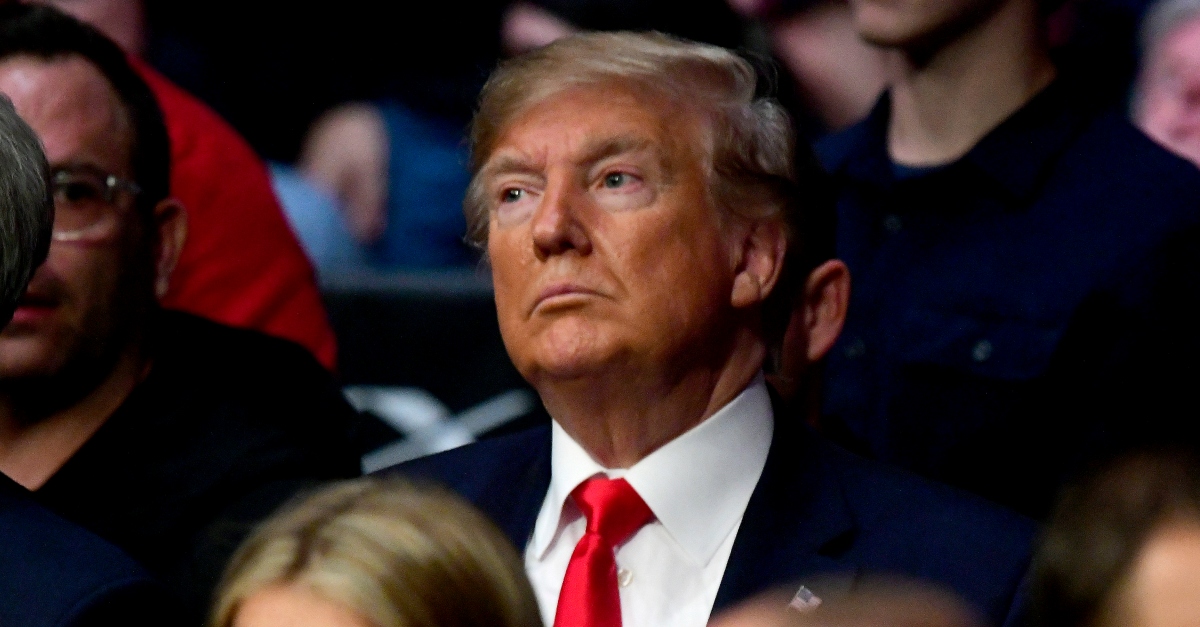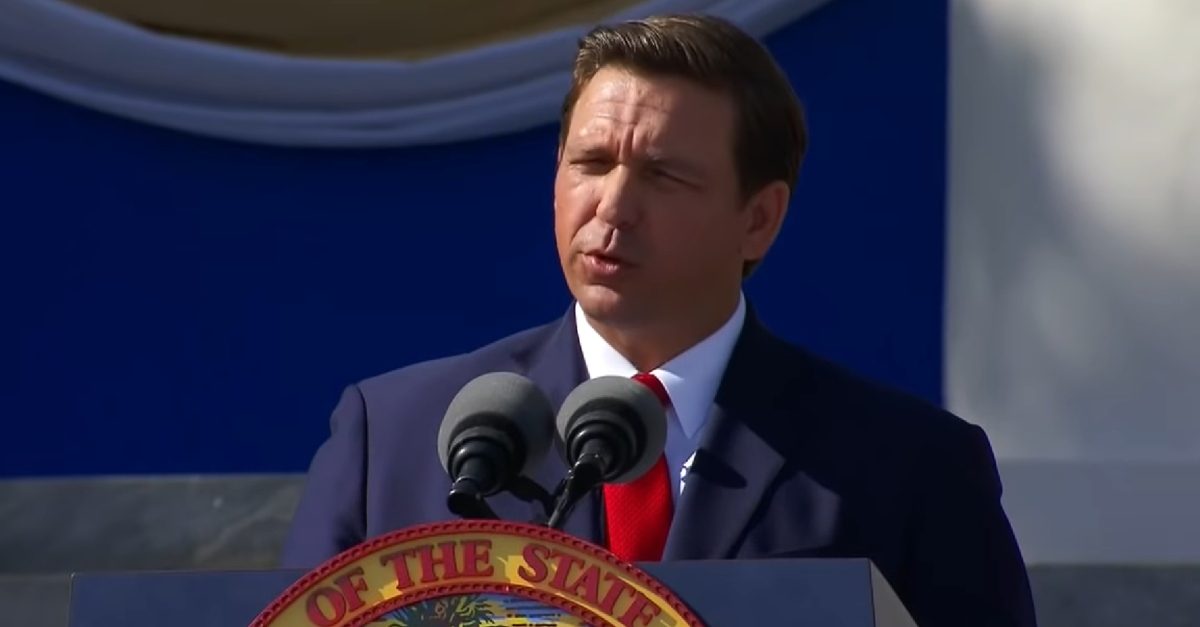Opinion by Van Jones, Host

© Sharon Mccutcheon/Unsplash
As the list of cities and states where Americans are sheltering in place thankfully grows longer, far too many families are wondering how they are going to pay rent in just a few days' time.
The congressional stimulus package gets us part of the way there, but this one-time cash payment -- $1,200 per individual, $2,400 per couple, plus an additional $500 per child -- is simply not enough.
Giving money directly to American families through cash payments so they have the flexibility and autonomy to make their own financial decisions is the right idea. But we need to increase the amount and frequency of those payments.
Just consider this: For the over 100 million American families who rent, that bill alone comes in at $1,405 a month, on average. It doesn't take an economist to see that the math doesn't work out. Let's say you've just lost your job working in a hotel or restaurant -- getting a direct cash payment to help pay your rent in a few days is great, but what about next month? How do you restock your fridge? Pay your electricity bill? And, if you're one of the millions of people who live, work and pay taxes in America but aren't a citizen -- you can forget about any help at all.
While the stimulus bill offers a boost of $600 per week on top of state unemployment insurance benefits -- and I think this was a very important part of the bill that Democrats fought hard for -- those benefits are only in place for four months. Then what?
Though this is a crucial short-term measure, indications are it is simply not enough. Data released just yesterday shows almost 3.3 million Americans filed for unemployment last week -- smashing all prior recorded records. The positions most prone to layoffs are also the ones in which workers can least afford it.
Research from the last bailout shows us that some of the most effective measures were the ones that focused on people, not corporations. According to the Center on Budget and Policy Priorities, money that went to shore up state and local budgets helped save the jobs of some 300,000 teachers and support staff.
Yet so many families are still attempting to rebuild what was lost -- particularly those of color.
We are in a health crisis, and entering a full-blown economic disaster, with James Bullard, the head of the Federal Reserve Bank of St. Louis, projecting the unemployment rate could rise to 30% -- that's more than three times the rate we saw at the height of the Great Recession. And while most estimates are less dramatic than that, all signs point to this being among the worst, if not the most severe, economic crises our nation has ever encountered. Instead of the one-time payment included in the relief package, we need an ongoing infusion of financial support to the Americans who need it most.
Giving people money is a tried and true idea: my former colleague Natalie Foster's organization Economic Security Project teamed up with Mayor Michael Tubbs to run a demonstration of this idea in Stockton, California. In the demonstration, 100 residents are given $500 a month -- with no strings attached. The project finishes up this summer, but early research shows that families who receive the monthly checks feel less stressed, continue working and are able to cut out second or third jobs to spend more time with their families.
The mayor of Stockton isn't the only proponent of this idea. Andrew Yang ran for president on the idea of giving people $1,000 per month, launching a new kind of populism in the 2020 election. And nearly 800,000 people have signed one restaurant owner's Change.org petition, calling for $2,000 month until the end of the economic downturn.
The single payment from Congress is a good down payment to families, and a major win for a concept -- giving money directly to people -- that was considered radical just a few short months ago. If leaders can find the will to allot billions to bail out big business like airlines, then they should certainly show the same ongoing support for the millions of Americans who work at, and purchase from, those businesses -- laying the foundation for a strong recovery when the virus abates.
Legislators, comfortable in the security provided by their steady paychecks, must return to Washington to ensure their constituents are given the same stability through ongoing cash payments until this crisis is over.
As the list of cities and states where Americans are sheltering in place thankfully grows longer, far too many families are wondering how they are going to pay rent in just a few days' time.
The congressional stimulus package gets us part of the way there, but this one-time cash payment -- $1,200 per individual, $2,400 per couple, plus an additional $500 per child -- is simply not enough.
Giving money directly to American families through cash payments so they have the flexibility and autonomy to make their own financial decisions is the right idea. But we need to increase the amount and frequency of those payments.
Just consider this: For the over 100 million American families who rent, that bill alone comes in at $1,405 a month, on average. It doesn't take an economist to see that the math doesn't work out. Let's say you've just lost your job working in a hotel or restaurant -- getting a direct cash payment to help pay your rent in a few days is great, but what about next month? How do you restock your fridge? Pay your electricity bill? And, if you're one of the millions of people who live, work and pay taxes in America but aren't a citizen -- you can forget about any help at all.
While the stimulus bill offers a boost of $600 per week on top of state unemployment insurance benefits -- and I think this was a very important part of the bill that Democrats fought hard for -- those benefits are only in place for four months. Then what?
Though this is a crucial short-term measure, indications are it is simply not enough. Data released just yesterday shows almost 3.3 million Americans filed for unemployment last week -- smashing all prior recorded records. The positions most prone to layoffs are also the ones in which workers can least afford it.
Research from the last bailout shows us that some of the most effective measures were the ones that focused on people, not corporations. According to the Center on Budget and Policy Priorities, money that went to shore up state and local budgets helped save the jobs of some 300,000 teachers and support staff.
Yet so many families are still attempting to rebuild what was lost -- particularly those of color.
We are in a health crisis, and entering a full-blown economic disaster, with James Bullard, the head of the Federal Reserve Bank of St. Louis, projecting the unemployment rate could rise to 30% -- that's more than three times the rate we saw at the height of the Great Recession. And while most estimates are less dramatic than that, all signs point to this being among the worst, if not the most severe, economic crises our nation has ever encountered. Instead of the one-time payment included in the relief package, we need an ongoing infusion of financial support to the Americans who need it most.
Giving people money is a tried and true idea: my former colleague Natalie Foster's organization Economic Security Project teamed up with Mayor Michael Tubbs to run a demonstration of this idea in Stockton, California. In the demonstration, 100 residents are given $500 a month -- with no strings attached. The project finishes up this summer, but early research shows that families who receive the monthly checks feel less stressed, continue working and are able to cut out second or third jobs to spend more time with their families.
The mayor of Stockton isn't the only proponent of this idea. Andrew Yang ran for president on the idea of giving people $1,000 per month, launching a new kind of populism in the 2020 election. And nearly 800,000 people have signed one restaurant owner's Change.org petition, calling for $2,000 month until the end of the economic downturn.
The single payment from Congress is a good down payment to families, and a major win for a concept -- giving money directly to people -- that was considered radical just a few short months ago. If leaders can find the will to allot billions to bail out big business like airlines, then they should certainly show the same ongoing support for the millions of Americans who work at, and purchase from, those businesses -- laying the foundation for a strong recovery when the virus abates.
Legislators, comfortable in the security provided by their steady paychecks, must return to Washington to ensure their constituents are given the same stability through ongoing cash payments until this crisis is over.



















